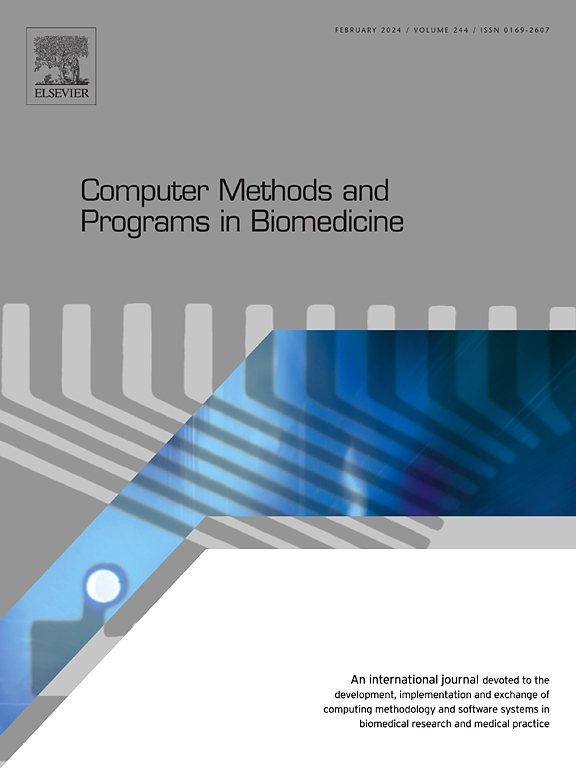Towards practical and privacy-preserving CNN inference service for cloud-based medical imaging analysis: A homomorphic encryption-based approach
IF 4.9
2区 医学
Q1 COMPUTER SCIENCE, INTERDISCIPLINARY APPLICATIONS
引用次数: 0
Abstract
Background and Objective:
Cloud-based Deep Learning as a Service (DLaaS) has transformed biomedicine by enabling healthcare systems to harness the power of deep learning for biomedical data analysis. However, privacy concerns emerge when sensitive user data must be transmitted to untrusted cloud servers. Existing privacy-preserving solutions are hindered by significant latency issues, stemming from the computational complexity of inner product operations in convolutional layers and the high communication costs of evaluating nonlinear activation functions. These limitations make current solutions impractical for real-world applications.
Methods:
In this paper, we address the challenges in mobile cloud-based medical imaging analysis, where users aim to classify private body-related radiological images using a Convolutional Neural Network (CNN) model hosted on a cloud server while ensuring data privacy for both parties. We propose PPCNN, a practical and privacy-preserving framework for CNN Inference. It introduces a novel mixed protocol that combines a low-expansion homomorphic encryption scheme with the noise-based masking method. Our framework is designed based on three key ideas: (1) optimizing computation costs by shifting unnecessary and expensive homomorphic multiplication operations to the offline phase, (2) introducing a coefficient-aware packing method to enable efficient homomorphic operations during the linear layer of the CNN, and (3) employing data masking techniques for nonlinear operations of the CNN to reduce communication costs.
Results:
We implemented PPCNN and evaluated its performance on three real-world radiological image datasets. Experimental results show that PPCNN outperforms state-of-the-art methods in mobile cloud scenarios, achieving superior response times and lower usage costs.
Conclusions:
This study introduces an efficient and privacy-preserving framework for cloud-based medical imaging analysis, marking a significant step towards practical, secure, and trustworthy AI-driven healthcare solutions.
求助全文
约1分钟内获得全文
求助全文
来源期刊

Computer methods and programs in biomedicine
工程技术-工程:生物医学
CiteScore
12.30
自引率
6.60%
发文量
601
审稿时长
135 days
期刊介绍:
To encourage the development of formal computing methods, and their application in biomedical research and medical practice, by illustration of fundamental principles in biomedical informatics research; to stimulate basic research into application software design; to report the state of research of biomedical information processing projects; to report new computer methodologies applied in biomedical areas; the eventual distribution of demonstrable software to avoid duplication of effort; to provide a forum for discussion and improvement of existing software; to optimize contact between national organizations and regional user groups by promoting an international exchange of information on formal methods, standards and software in biomedicine.
Computer Methods and Programs in Biomedicine covers computing methodology and software systems derived from computing science for implementation in all aspects of biomedical research and medical practice. It is designed to serve: biochemists; biologists; geneticists; immunologists; neuroscientists; pharmacologists; toxicologists; clinicians; epidemiologists; psychiatrists; psychologists; cardiologists; chemists; (radio)physicists; computer scientists; programmers and systems analysts; biomedical, clinical, electrical and other engineers; teachers of medical informatics and users of educational software.
 求助内容:
求助内容: 应助结果提醒方式:
应助结果提醒方式:


